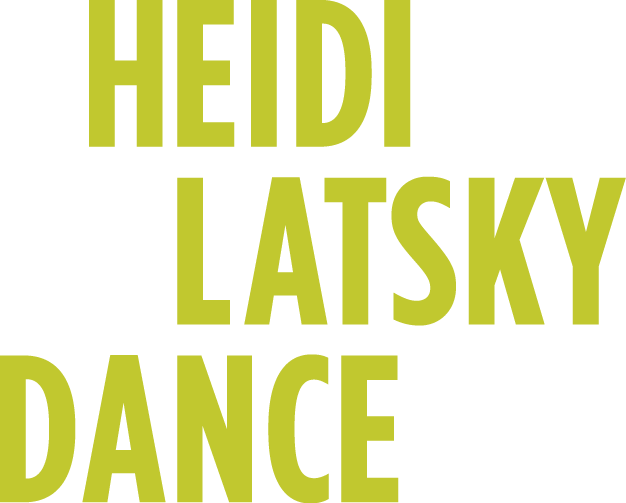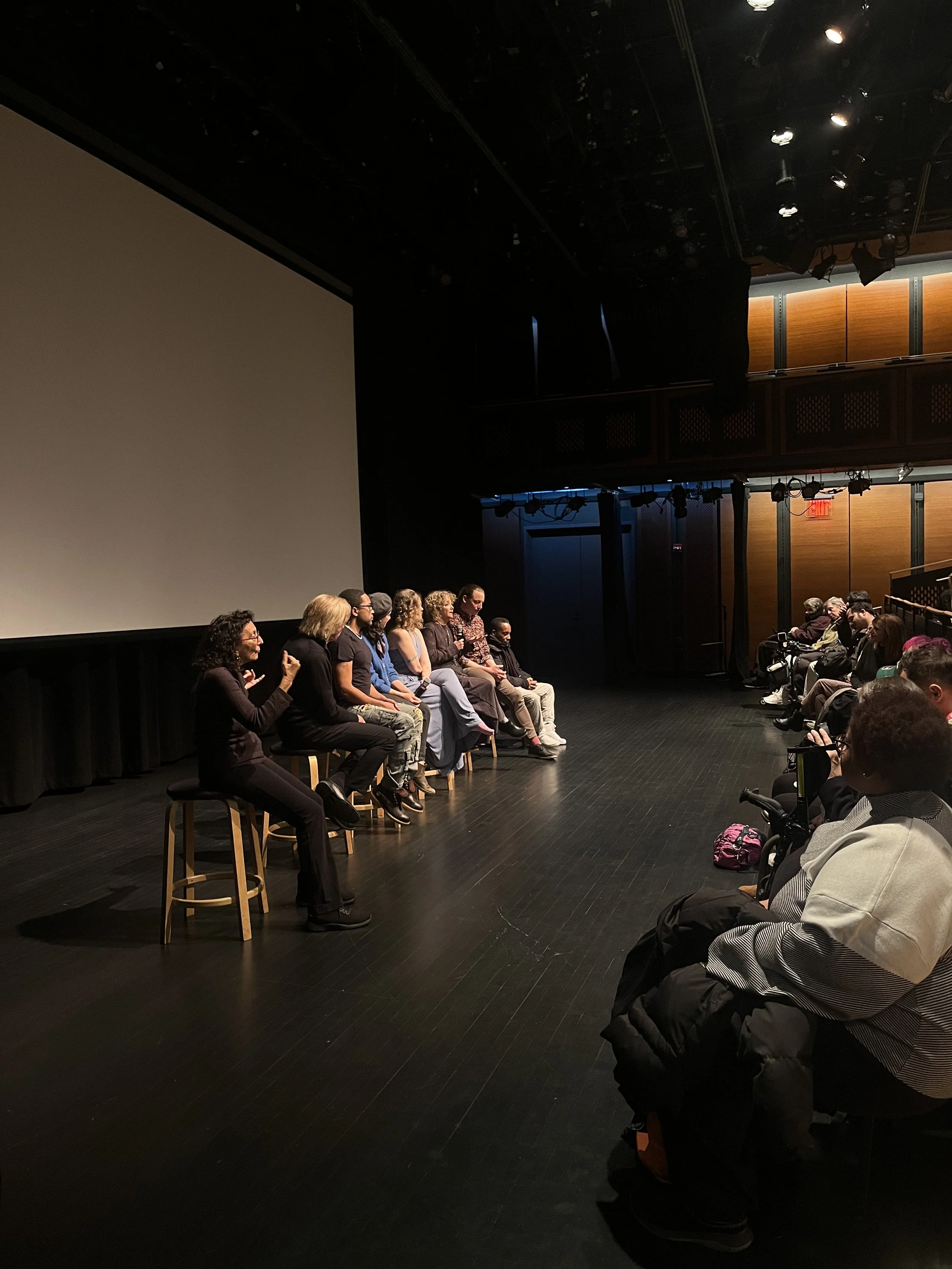What if dancers could provide vital insight into how the body and mind heal?
LIVING IN THE GREY
When our worlds turn upside down, what are the stories we tell?
Grey Matter is a crucial tissue in the brain responsible for processing information, controlling movement, and handling sensory input.
Five dancers
Five stories of control lost
and power regained
What if dancers could provide vital insight into how the body and mind heal?
After undergoing an 11-hour brain surgery, choreographer Heidi Latsky discovered she wasn’t alone—many dancers she knew, ages 35 to 60 (Heidi is 67), were quietly dealing with similar neurological challenges. Instead of continuing to feel isolated, she invited them into her creative process transforming shared vulnerability into a powerful community and a new artistic vision.
The result?
A moving 35-minute documentary, conceived with cinematographer Sebastian Lasaosa Rogers, that pairs raw, intimate interviews with striking movement—shining a light on the often misunderstood and stigmatized world of non-apparent neurological disabilities. By sharing their dancing and stories, the dancers assert: “While we do talk about our diagnoses, we are NOT our diagnoses. We are human and have full and vibrant lives.” The film is a tribute to people living in the grey and thriving there.
Our objective?
This film is not just about screenings. It was created to stimulate thought, curiosity and in-depth conversations. The dancers believetheir stories can provide insight for other patients and medical students. They want to share the film and follow it up with an open discussion between the cast and the viewers. All questions will be welcome. This can be done virtually or in-person. It can include all five dancers or just Heidi.
Our mission?
To share what it is like to have a non-apparent neurological disability through the lens of five very different people and to reveal the various tools that dancers have cultivated as athletes that people with any sort of trauma can utilize to not just recover but to heal. Most importantly, this storytelling is a vehicle for students to ask the dancers questions about their care, lives, and recovery; how they now perceive themselves and how others perceivethem; what changes have come about since the discovery of their neurological conditions; and what kind of support was most instrumental in helping them deal with these changes.
Screenings and Discussions
2025
Baruch College
JCC Manhattan | Goldman-Sonnenfeldt Auditorium
Columbia University | Department of Rehabilitation Medicine November + December Grand Rounds
Opulent Mobility | Los Angeles Makery
Post screening discussion at the JCC Manhattan



